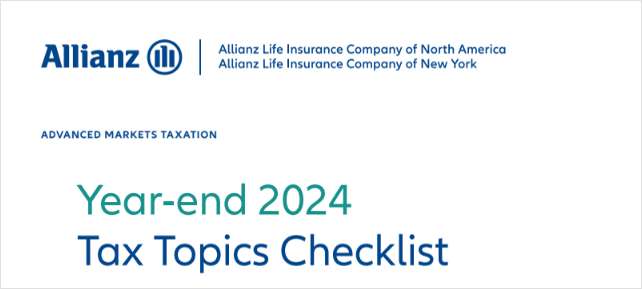Most advisors have learned how to cope with volatility, but their clients have not, a survey finds.
The most recent Eaton Vance Advisor Top-of-Mind Index (ATOMIX) survey shows a growing disparity between advisor and client reactions to risks and opportunities.
Findings from the quarterly survey of more than 1,000 U.S. financial advisors revealed that 53% of advisors say they believed market volatility was the "new normal." That's not to say they're not still concerned about volatility. According to the survey, more than half (55%) of advisors reported their concerns about volatility have grown in the last 12 months.
While advisors have indicated they are growing accustomed to operating in this environment and looking for opportunities volatility presents, the survey finds their clients have not acclimated as well to market swings.
"You're seeing more of a disconnect between advisors embracing volatility increasingly and investors becoming more fearful," John Moninger, managing director of retail sales at Eaton Vance, told ThinkAdvisor.
According to the survey, 81% of the advisors surveyed said their clients are motivated by fear, up from 72% 12 months ago. The survey also finds that 62% of the advisors surveyed said their clients view market volatility as a risk and not an opportunity, which is up from 56% in Q3 2015.
Moninger speculated on where this disconnect between advisors and clients is coming from. It's his view that the media has created a disconnect from what's "actually going on in the market today," he said.
"Think about it, we have the elections going on," Moninger told ThinkAdvisor. "We have a lot of noise, and if you think about the recurring theme in there: 'The economy is terrible. Job growth is rotten. People need jobs.' All that people are hearing is this negativity around the economy and the markets. Yet what's going on is markets are actually pretty good, the fundamentals are pretty good, the economy's not that bad."
The survey shows that advisors have a more favorable view of financial markets and the U.S. economy.



